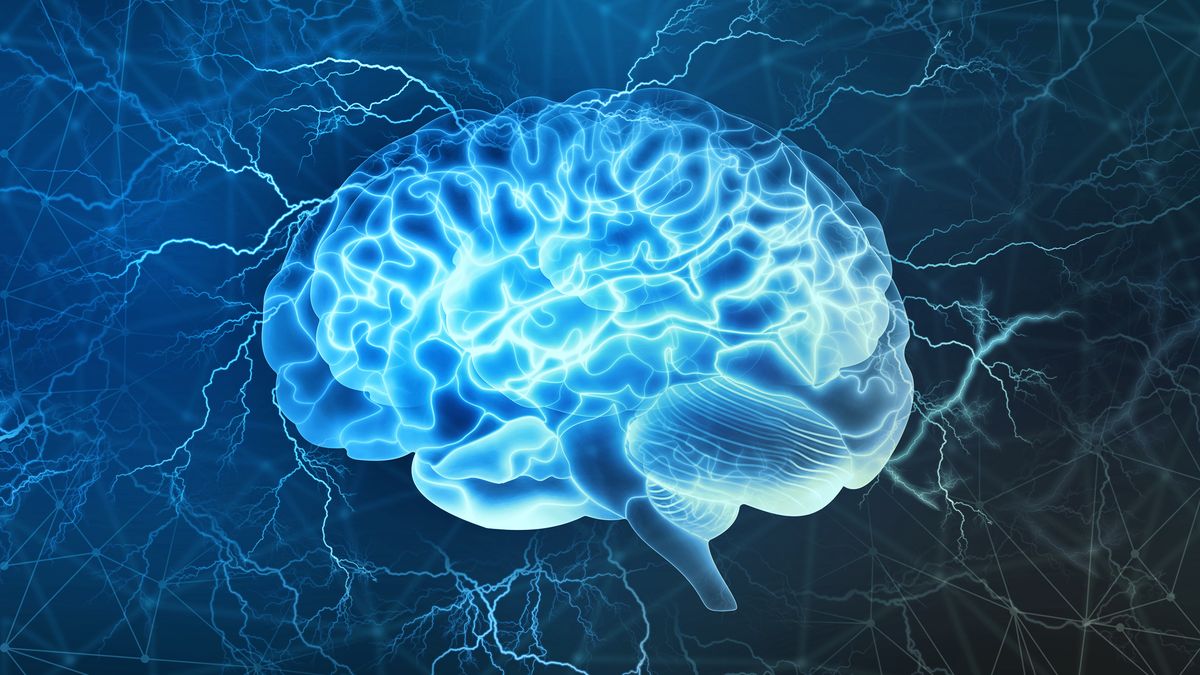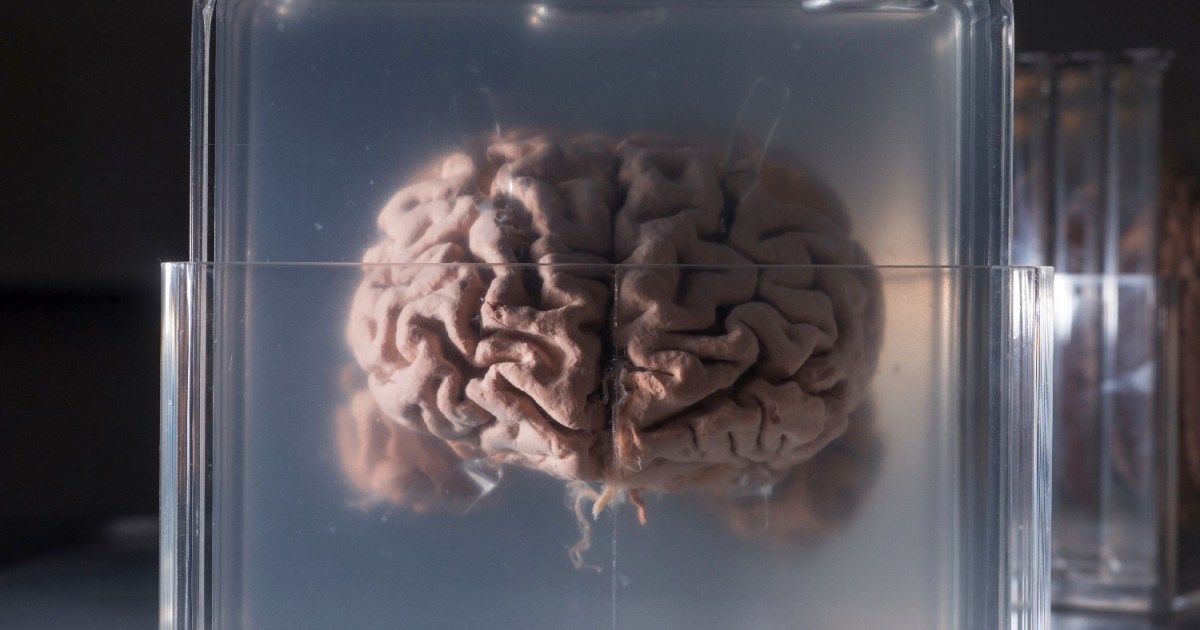Deleted member 1973
pastebin.com/Tb8AYcyk
- Joined
- Jun 8, 2019
- Posts
- 5,826
- Reputation
- 6,870
Microsoft's patent sets out an alternative option for mining cryptocurrency by instead doing it through a "human body activity associated with a task" and monitoring the outcome with biometric sensors.
"For example, a brain wave or body heat emitted from the user when the user performs the task provided by an information service provider, such as viewing an advertisement or using certain internet services, can be used in the mining process," the patent explains.
"Instead of massive computation work required by some conventional cryptocurrency systems, data generated based on the body activity of the user can be proof-of-work, and therefore, a user can solve the computationally difficult problem unconsciously."

 www.techradar.com
www.techradar.com
In the patent, titled “Cryptocurrency system using data on body activity”, Microsoft proposes using a sensor on the user’s body that will transmit data from “body activity”, such as brain activities, blood flow and movement, which would then be transmitted to a server.
This activity would replace the “massive computation work” that normal cryptocurrency mining requires, with the data gathered by the body activity considered as proof of work.
Subconsciously mining
According to the patent, the sensor would be able to detect different brain waves, including gamma and beta waves, which involve learning, memory and logical thinking, and alpha waves, which are related to the subconscious.
Microsoft makes reference to the fact that work performed by users will be done “unconsciously”, which suggests that alpha brainwaves will be the most important here, and could mean the work is done while the users concentrate on other things.

 www.digitaltrends.com
www.digitaltrends.com
Filed in September 2018, but only recently published by the United States Patent and Trademark Office (USPTO) and highlighted by PC Magazine, the application describes a method of how “brain wave or body heat emitted from the user when the user performs the task provided by an information service provider, such as viewing an advertisement or using certain internet services, can be used in the mining process.”
As is described by the patent application, instead of the massive computation work that is required by “conventional cryptocurrency systems,” Microsoft’s hypothesis is that data generated based on the body activity of users can help “solve the computationally difficult problem unconsciously.” Other than brain waves and body heat, the system could also potentially monitor “body fluid flow” and “organ activity and movement.”
All of this would, of course, require biometric reading of users, potentially via attached sensors. As a reward for wearing these, however, the system would then pay out cryptocurrency for completing certain tasks. As the application notes: “The cryptocurrency system communicatively coupled to the device of the user may verify if the body activity data satisfies one or more conditions set by the cryptocurrency system, and award cryptocurrency to the user whose body activity data is verified.”
In addition to watching ads for a set amount of time, the patent application also notes how it could track tasks such as social media, using search engines, sending and receiving email, visiting websites, or using chatbots.
"For example, a brain wave or body heat emitted from the user when the user performs the task provided by an information service provider, such as viewing an advertisement or using certain internet services, can be used in the mining process," the patent explains.
"Instead of massive computation work required by some conventional cryptocurrency systems, data generated based on the body activity of the user can be proof-of-work, and therefore, a user can solve the computationally difficult problem unconsciously."

Microsoft wants to use your brain to mine for cryptocurrency
One of the weirder patents out there
In the patent, titled “Cryptocurrency system using data on body activity”, Microsoft proposes using a sensor on the user’s body that will transmit data from “body activity”, such as brain activities, blood flow and movement, which would then be transmitted to a server.
This activity would replace the “massive computation work” that normal cryptocurrency mining requires, with the data gathered by the body activity considered as proof of work.
Subconsciously mining
According to the patent, the sensor would be able to detect different brain waves, including gamma and beta waves, which involve learning, memory and logical thinking, and alpha waves, which are related to the subconscious.
Microsoft makes reference to the fact that work performed by users will be done “unconsciously”, which suggests that alpha brainwaves will be the most important here, and could mean the work is done while the users concentrate on other things.

Mining Cryptocurrency By Reading Users' Brain Waves | Digital Trends
An unusual patent from Microsoft describes a way of monitoring people's brain waves as they watch ads, then rewarding them with cryptocurrency.
Filed in September 2018, but only recently published by the United States Patent and Trademark Office (USPTO) and highlighted by PC Magazine, the application describes a method of how “brain wave or body heat emitted from the user when the user performs the task provided by an information service provider, such as viewing an advertisement or using certain internet services, can be used in the mining process.”
As is described by the patent application, instead of the massive computation work that is required by “conventional cryptocurrency systems,” Microsoft’s hypothesis is that data generated based on the body activity of users can help “solve the computationally difficult problem unconsciously.” Other than brain waves and body heat, the system could also potentially monitor “body fluid flow” and “organ activity and movement.”
All of this would, of course, require biometric reading of users, potentially via attached sensors. As a reward for wearing these, however, the system would then pay out cryptocurrency for completing certain tasks. As the application notes: “The cryptocurrency system communicatively coupled to the device of the user may verify if the body activity data satisfies one or more conditions set by the cryptocurrency system, and award cryptocurrency to the user whose body activity data is verified.”
In addition to watching ads for a set amount of time, the patent application also notes how it could track tasks such as social media, using search engines, sending and receiving email, visiting websites, or using chatbots.

